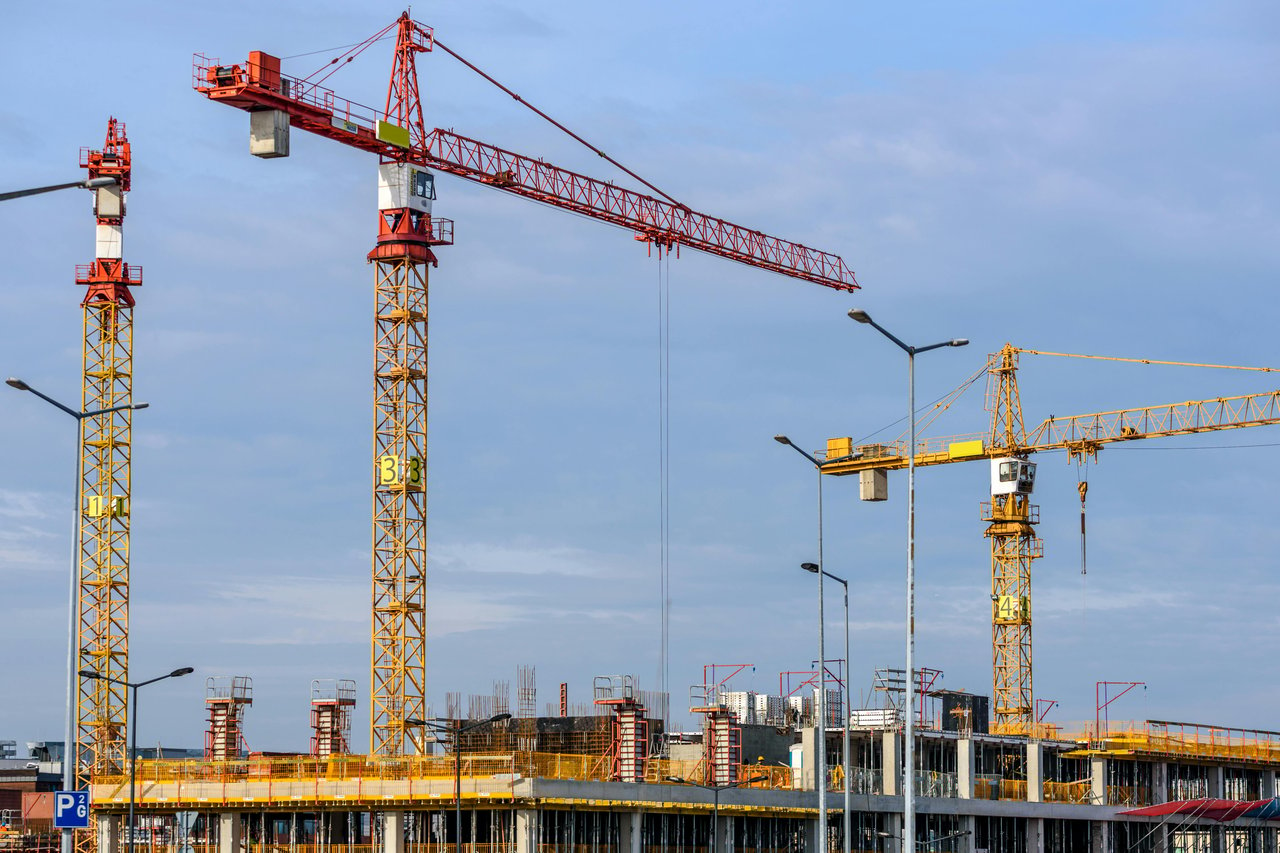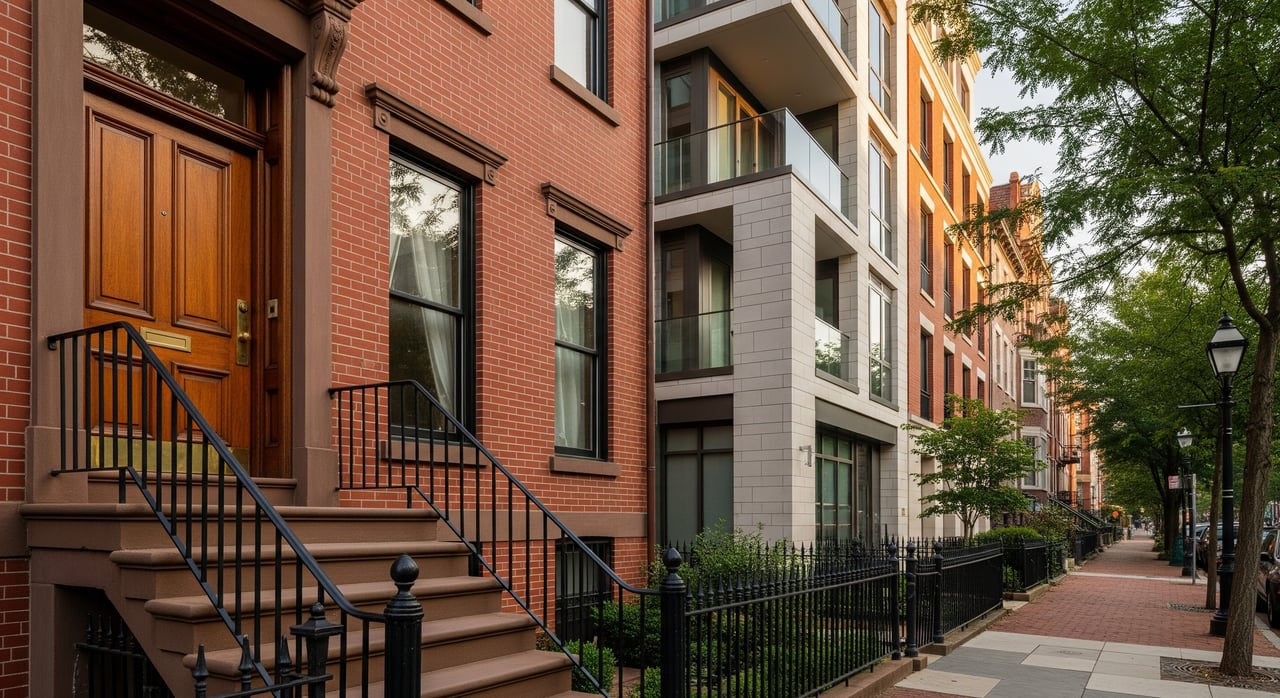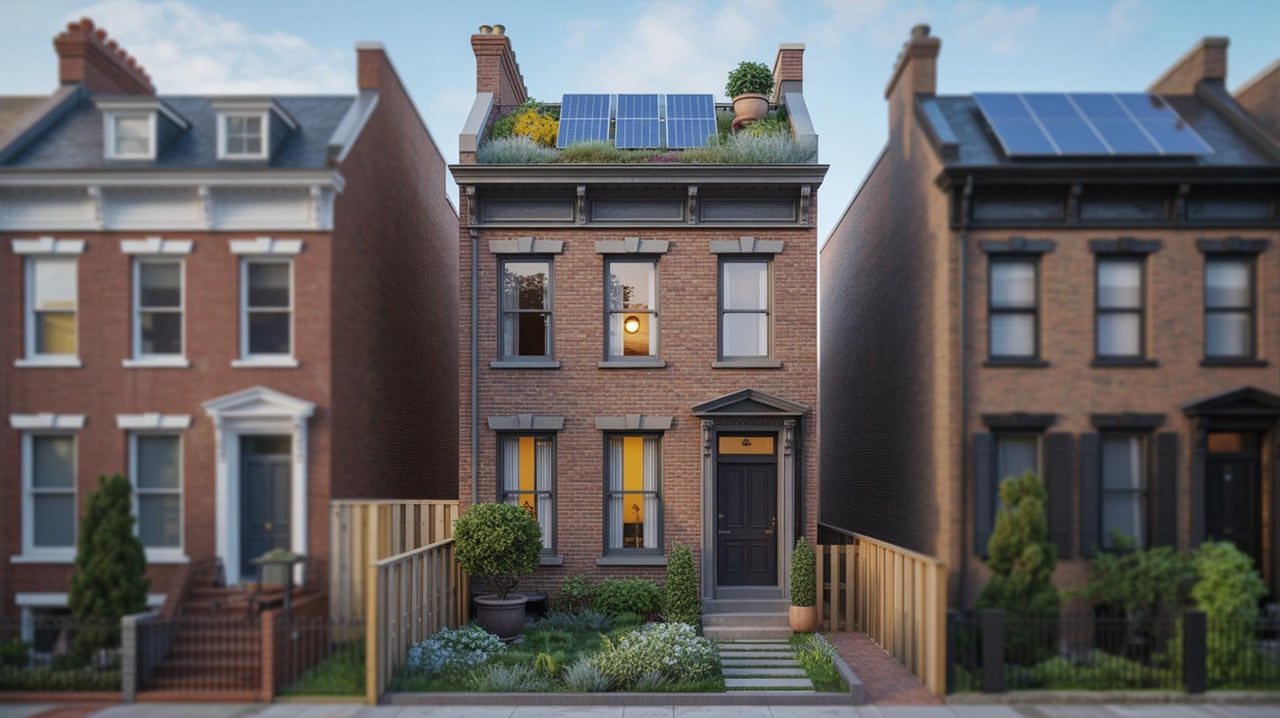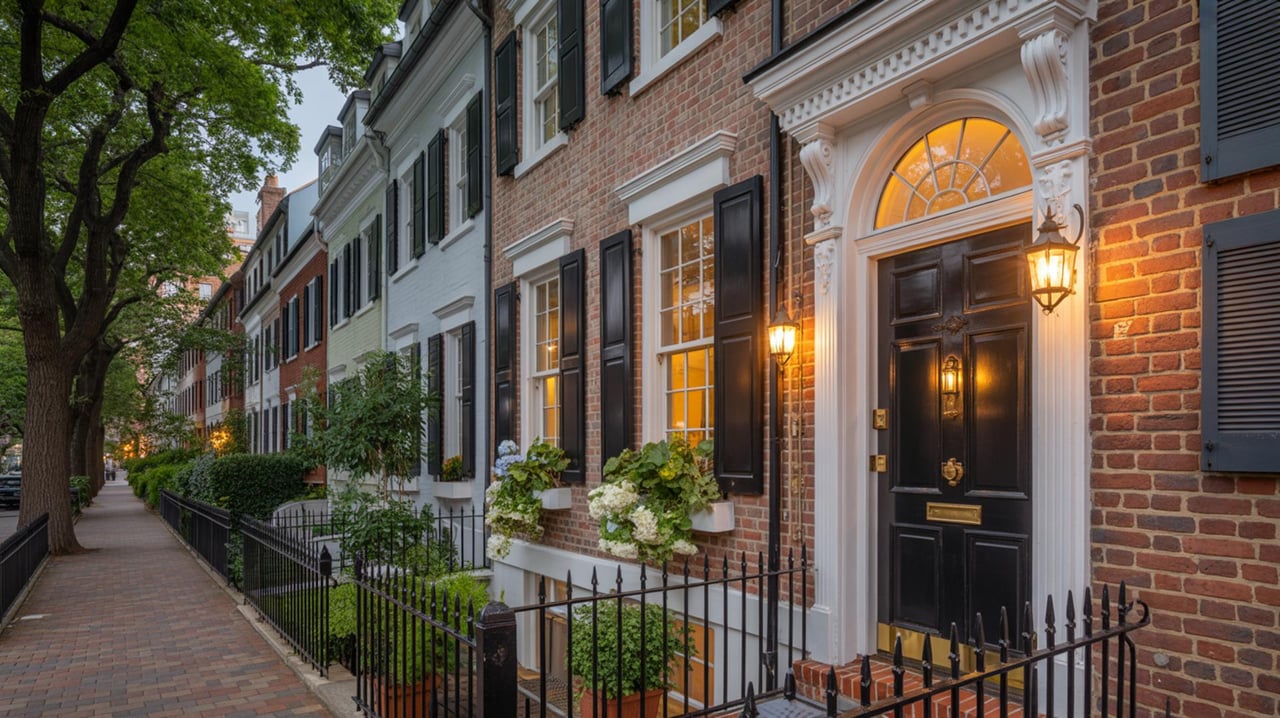How Will New Tariffs Affect The Housing Market
Over the weekend, President Trump signed an executive order imposing sweeping tariffs on China, Mexico and Canada. While tariffs are often discussed in the context of their effects on manufacturing, agriculture, or international relations, they can also have an impact on domestic industries such as housing. Below, we explain how the housing market could see changes from the new tariffs.
Increased Costs For Builders And Developers
One of the most immediate effects of the new tariffs will likely be increased costs for building materials such as steel and lumber. Many of the materials used to construct homes and apartment buildings are imported or made from imported goods. When tariffs are levied on these materials, suppliers are forced to pass on the added cost to builders.
In the past, tariffs on Chinese steel and aluminum resulted in higher prices for these materials in the U.S. housing market. Builders faced higher costs for framing and other structural elements of homes. This can cause overall construction expenses to rise, and lead developers to scale back the number of homes they build, or increase the price of newly built homes to maintain profitability.
Higher Home Prices
When construction costs rise due to tariffs, it directly affects the price of newly built homes. If developers are paying more for materials, they are likely to pass those costs on to buyers, increasing the price of homes on the market.
The rise in new home prices can also affect the broader housing market. In some cases, higher construction costs might drive buyers toward older homes instead of newly built ones. This could lead to increased demand for resale homes, further driving up prices in the existing housing market.
Slower Housing Construction
Another potential consequence of new tariffs is a slowdown in housing construction. Higher material costs and reduced profit margins can make new construction projects less appealing to developers. In turn, this could lead to fewer new homes being built, exacerbating existing housing shortages in many regions.
This slowdown in new construction could be especially problematic in markets already experiencing a housing crisis. Areas with high demand but limited supply of new homes may see increased competition for the few available properties, pushing prices even higher. In extreme cases, developers may choose to halt or delay projects entirely, further contributing to a lack of inventory.









